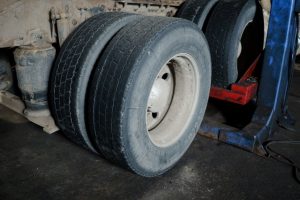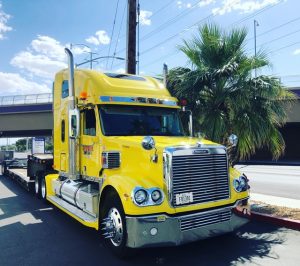Caring for your Tires
Your tires are one of the main elements of your vehicle as they are what allows you to reach each destination. When it comes to maintaining your tires, here are a few tips that will help you to stay safe on the road.
Have the right tires: Although it may sound basic, with so many different tires on the market, having the right one will make all the difference. Considering the load carry capacity, size, elements that may occur along the routes, etc are all factors that should be considered. Keeping up with regular maintenance and inspections assist in keeping high performance and safety.
Watch your speed: When you have found the right tire for your truck, make sure to have a clear understanding of the maximum speed rating. This is the number that drivers should go by, not necessarily what the highway speed limits are. Tire related accidents and dangers to the public can be avoided by drivers watching their speed, especially when sharing the road with other drivers.
Tire Inspection: Drivers need to be hands on with every part of their truck and understand as much of it as possible. Tires need to be inspected for cuts, cracks, flat spotting and more. Although it may take time, doing this routinely will help keep you and others safe on the road.
Cold Inflation: Maintaining an even weight distribution can be difficult during changing weather conditions. Since tires change with cold and hot weather, they need to be checked during temperature fluctuations. Without the right inflation, tires can experience heavy tread damage which can only cause further problems. Experts say that cold inflation pressure is most accurately measured when tires have been parked for a minimum of three hours which gives the tires a chance to adjust resulting in the most accurate reading.
Making sure that your truck is running at peak efficiency is what we do best. We offer new and refurbished APU’s both online and at our storefront which saves you time and money while on the road. We also carry evolution parts in our extensive inventory.











